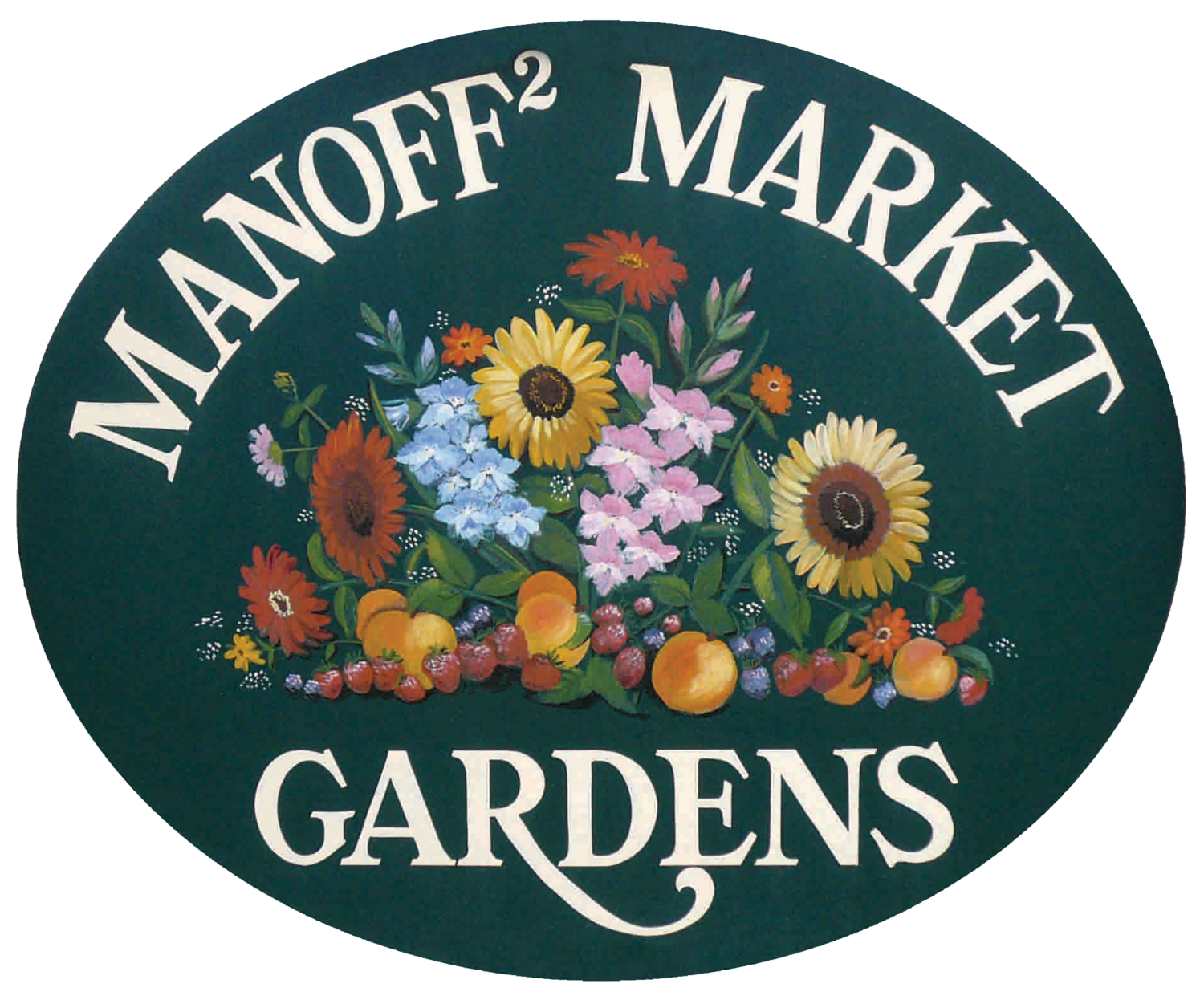When should you start seeds? Greenhouse tips from a seasonal gardener
Every spring I am reminded of my childhood, as winter snows and rain shift outside, shedding layers of clothing in the heat and respite of the greenhouse brings nostalgia and dare I say hope. After much revitalization there are indoor beds, soft gravel floors, and a hand built potting bench in the heated greenhouse. It’s a wonderful space that feels more atrium-like than I’m accustomed to. If this is your first time starting seeds indoors in spring, don’t be discouraged. For home gardeners, a sunny windowsill for a tray or two of seeds may be all you need to plant a colorful garden.
So, when should you start seeds? Firstly, look at your packet of seeds. Do they say best started indoors and transplanted? Or, direct seed? How many weeks before the last frost? There are some things you will need to know, like what is your planting zone, which can be found here https://planthardiness.ars.usda.gov/ and tells you when the last frost date for your zone is. Your planting zone also gives you clues about seasonality and climate and which plants will do well given these factors. Generally, for our zone 6b/7a here in New Hope, the middle of March is a good time to start seeds of flowers, herbs and vegetables for middle of May transplanting outside. Starting seeds indoors and transplanting outside gives you a head start on the growing season, an advantage in cooler climates.
The essentials for starting seeds indoors include, peat or soil-less potting mix (because it has better drainage and is sterile), shallow plastic or cardboard trays with holes for drainage (I often re-use any plastic containers from the grocery store that had produce in them and use an exacto knife to slice some holes through the bottom), water, light and warmth. Depending on the scale of how many seeds you’re starting you may just need a sunny windowsill, or maybe you want to purchase a greenhouse yourself. For proper germination some seeds will need light and all will need warmth usually 70 degrees fahrenheit. My rule of thumb for planting is the size of the seed is the depth it should be in your soil-less potting mix. An example of a big seed would be sunflower or beet seed. A small seed example is amaranth or pepper. Small seeds may just need a sprinkling of vermiculite. Read the instructions on the packet and do your own research. Each season you will find new things to learn and best practices to grow.
I would recommend starting seeds based on your own interests. If you enjoy flowers, try a cut flower garden and be astounded by the butterflies and bees. Like to cook? Try tomatoes, peppers and herbs. Also, know your abilities. If you don’t have as much time to water or tend to travel in the summer months, choose plants that are perennial and once established will thrive without you there. Annuals, in general, need a lot of care because they are short lived. Planting in pots means you will have to water more often but it can be a great way to have a small patio oasis. If you are lucky enough to have some outdoor space for growing in beds, look at how much shade they receive and choose plants accordingly. Taking a soil sample and sending it to a lab can tell you exactly what amendments would be best. For a home gardener observation can also tell you the clues you need for good soil. Are there earthworms present? If not, you need more organic matter from composted leaves or kitchen scraps. Compact clay soil? Maybe raised beds would be a good alternative when faced with soil that has poor drainage.
Whatever your circumstance, however deep you choose to immerse your hands, casual gardener or bitten enthusiast, seeds are a symbol of hope. As Scott Chaskey quotes two indigenous Mayan organizers in Soil and Spirit: Cultivation and Kinship, “The seed is the law of life. It is the law of regeneration” and, “Seeds are a place and a product and a memory; they offer us a collective inheritance in the form of a tiny and simple time capsule.” In this spirit of regeneration and spring awakening below is a poem inspired by the nostalgia I feel when I think of my first forays with flowers, sharing the gifts of a neighbor and friend’s greenhouse.
Clara’s Garden
The color red made you proud
You can cut anything, except the wedding gladiolas
10 year’s old, industrious buckets of
Cerulean ageratum, fuchsia explosions of
Scalloped celosia,
Globe amaranth- rich burgundy and royal purple
Zinnia pop art and rusty strawflowers
Cut the heads and thread upon a wire
Your sickness came too soon
The last banquet you
Threw for the New Year
In a different calender
We still remember you often
-Chelsea Manoff
